Drone Photography: How to Get Started in 2018
Drones are no longer only for techies, they have entered the mainstream market and can be found just about everywhere. Whether you received one as a gift or have been diligent at researching and saving for the type you wanted, drone photography can be a fun addition to your hobby or career.
While some people decide to build their drone, for severe or budding photographers, it is often best to buy an already constructed model – especially if your goal is imaging, such as photography or video. While many types of photography are shot by drones, a big focus is landscape photography.
Best Drone for Photography: 5
Features to Look For
1.
Three-Axis Gimbal
A decent start for drone photography is to review the list of features that your drone or potential purchase has. First, a three-axis gimbal is critical as it will stabilize against vibration or shake.
2. HD Resolution
While you can surely purchase a more affordable option, a drone with an HD camera will provide crystal clear imaging and reduce the need for filters or edits. To give professional or amateur drone photographs a boost, HD Resolution is mandatory.
3. First Person/ Live View Camera Software
For the best access to your footage, look for this feature included with your drone, so that your editing can be done at the moment with choice photography.
4. Altitude Hold
This started out as being synonymous with very expensive drones. Since then, “altitude hold has been appearing as a key feature on affordably priced drone options and even toy drones. With the inclusion of altitude hold, a drone can maintain altitude even when the pilot (a.k.a. remote holder) is not using the throttle.
5. Frames Per Second
Just as the term implies, take note of the drones frames per second. Too many might produce unwanted photos, too few might not be enough. 30 fps is the “norm” for most drones and will produce smooth images compared to fewer frames per second (24 or 25). If you are taking action shots with lots of movement or speed, 60 fps will be best. This is true of video imaging.
Drone Photography Tips and Techniques
Drone photography produces gorgeous images, as the altitude gives natural surroundings unbelievable focus. That means that the choices you make matter all the more. Just as you would try and take photographs without a drone during the right time of day, drone photography is similar.
Golden Hour
Photographers often opt to schedule photoshoots either before sunset or just after sunrise, to avoid shadows or excessive sun. Often referred to as the golden hour, there are still valid reasons to shoot your photos in bright sun or when a day is cloudy. Set your tone with your subject, as well as your timing.
Direct Sun
The sun can illuminate drone photos to provide a beautiful backdrop with a surplus of shine. However, if you are looking for a remote viewer, the sunshine may obscure you in the moment view. Consider this when choosing the time of day and location.
Clouds
Clouds are not the only thing that can cause shadowing. Trees and buildings can work as well. A drone can help surmount those issues with its height based shooting, but clouds can produce grainy results or blurred images and focus. This can be worsened by a drone’s small-sized sensors.
Wind
Beware of the wind. It will cause your drone to move and shake, and images may be choppy or lose the focus you want. Additionally, windy days can make the drone unstable or even dangerous.
As drones do have the ability to crash and cause injury, the Federal Aviation System (FAA) has created safety regulations under their unmanned aircraft system (UAS) guidelines: https://www.faa.gov/uas/faqs/
How to Hire a Drone Photographer Near Me
Even within the developing world of drone photography, not every photographer owns or knows how to fly a drone well. It’s not uncommon for photographers to hire an experienced drone owner or service to assist in the flight of a UAS during a photoshoot.
Sometimes a photographer does this because it is cheaper than purchasing the high-quality drone they desire. Other times, the decision comes from peril, after a severe crash or two with a photographer’s drone.
If you do decide to purchase and fly your drone and are a new owner, take time to figure out how to use your drone. Read all instructions, talk to other drone owners and get tips, and don’t take your drone out on massive shoots immediately. Fly your drone for “fun” while you master its controls.
Also, don’t forget to use a reverse image search tool like Berify to monitor your drone photography images.
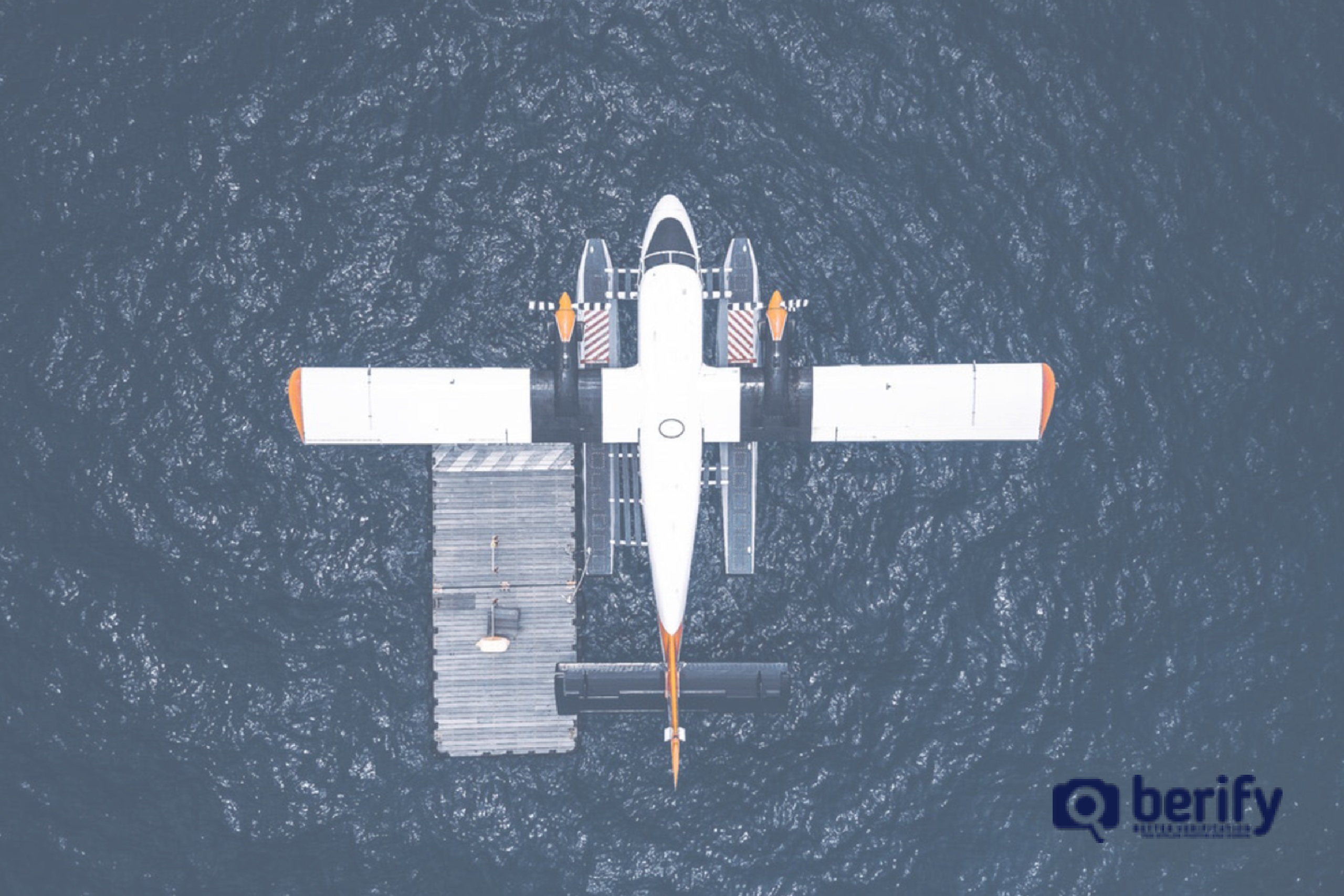
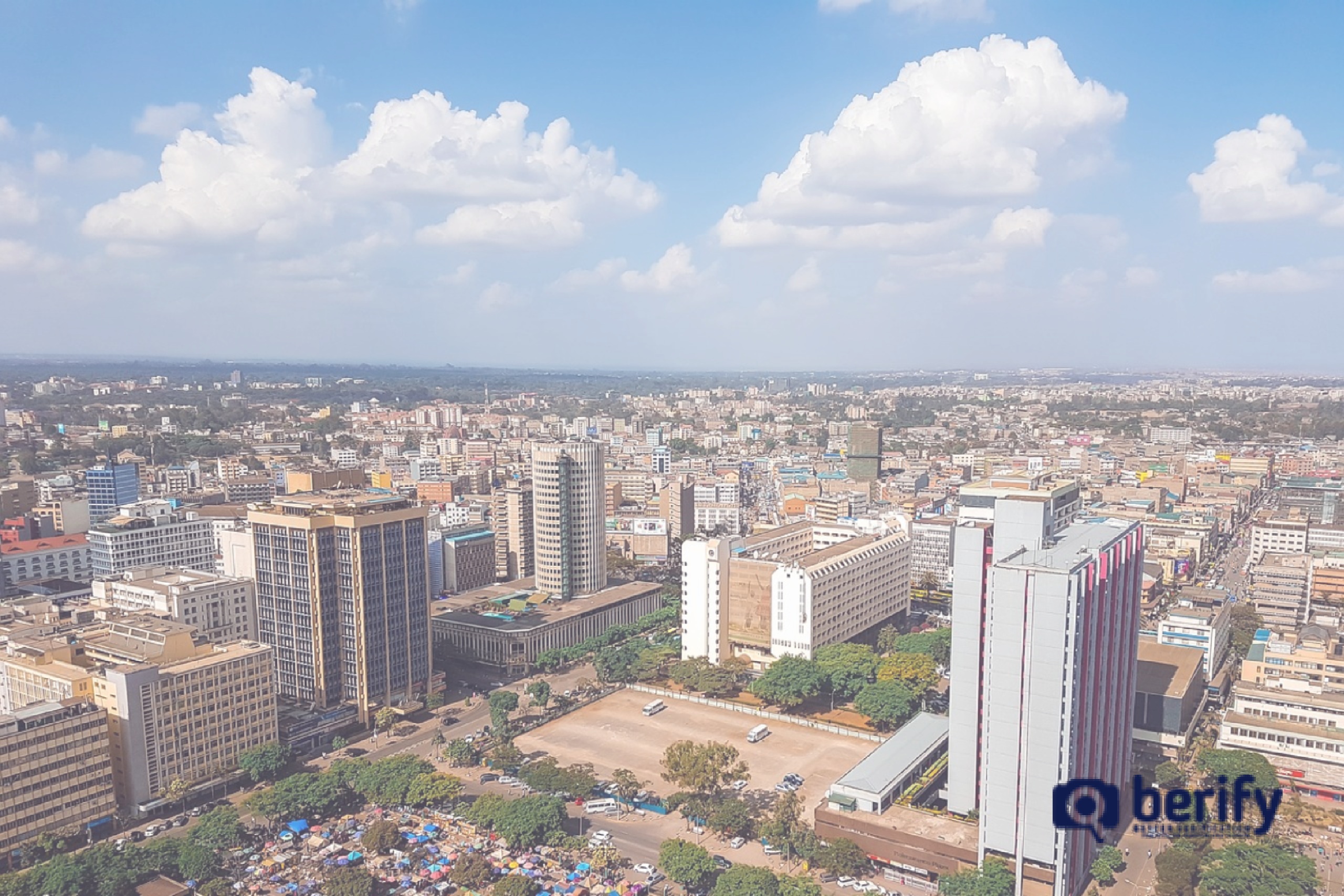
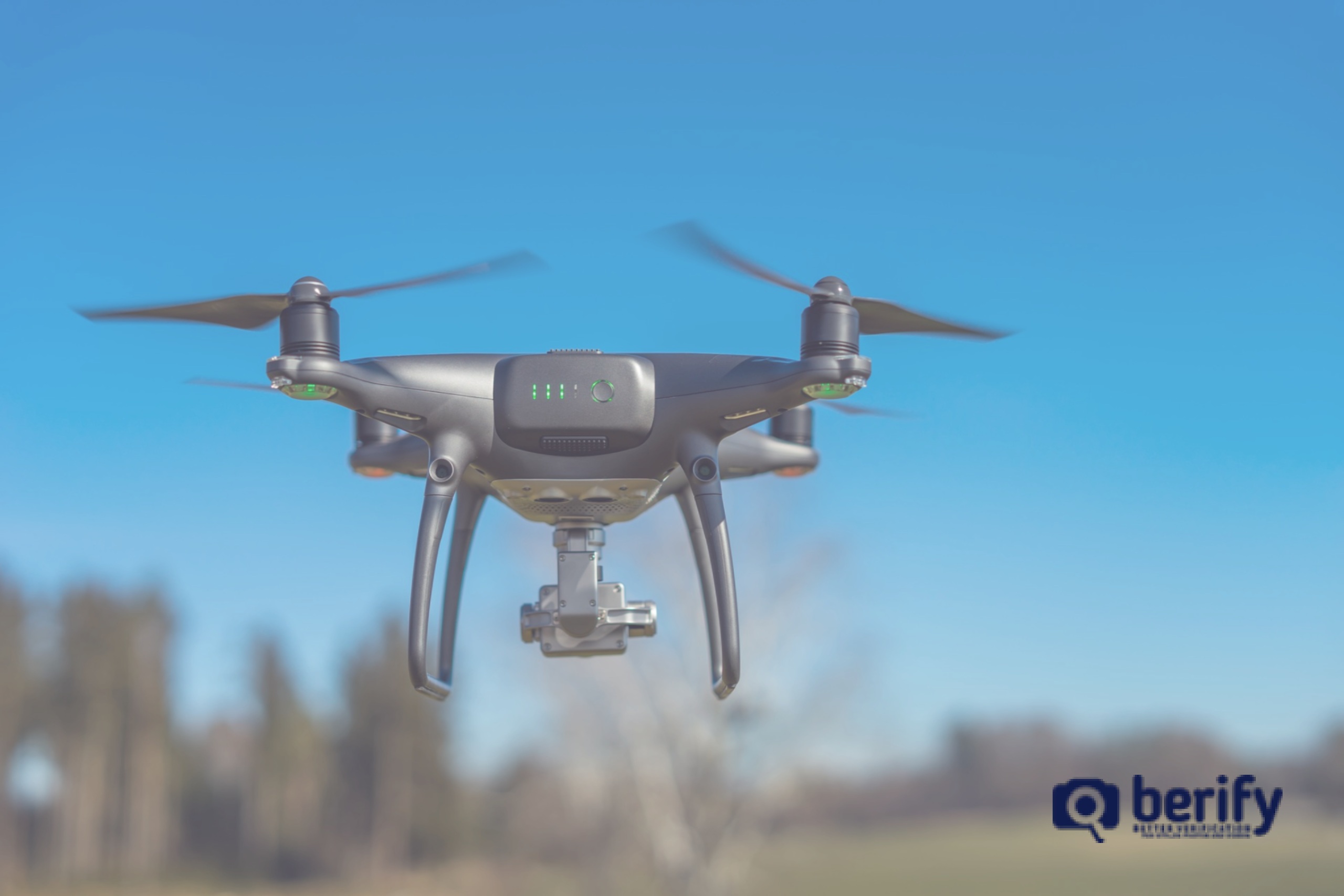
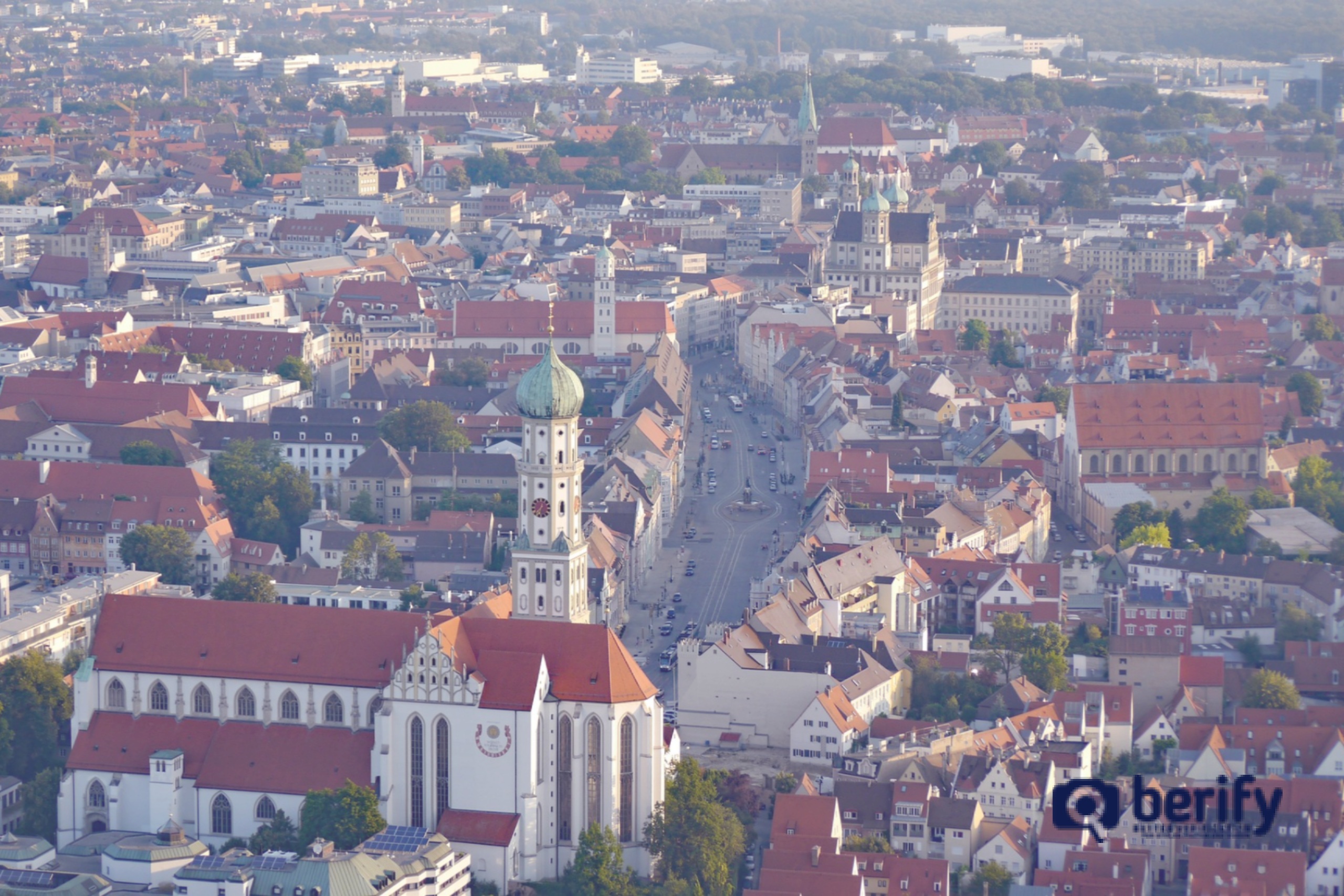
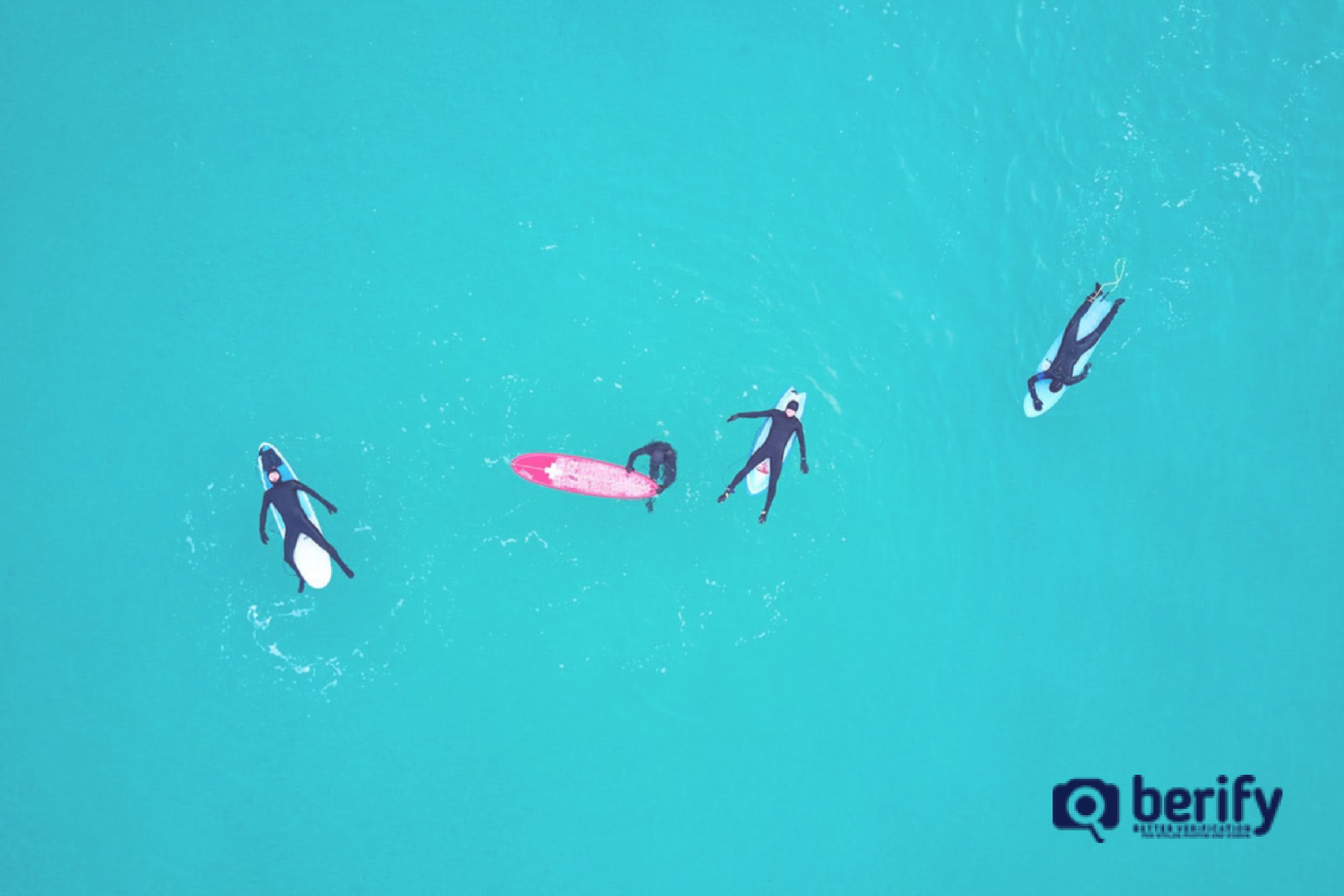
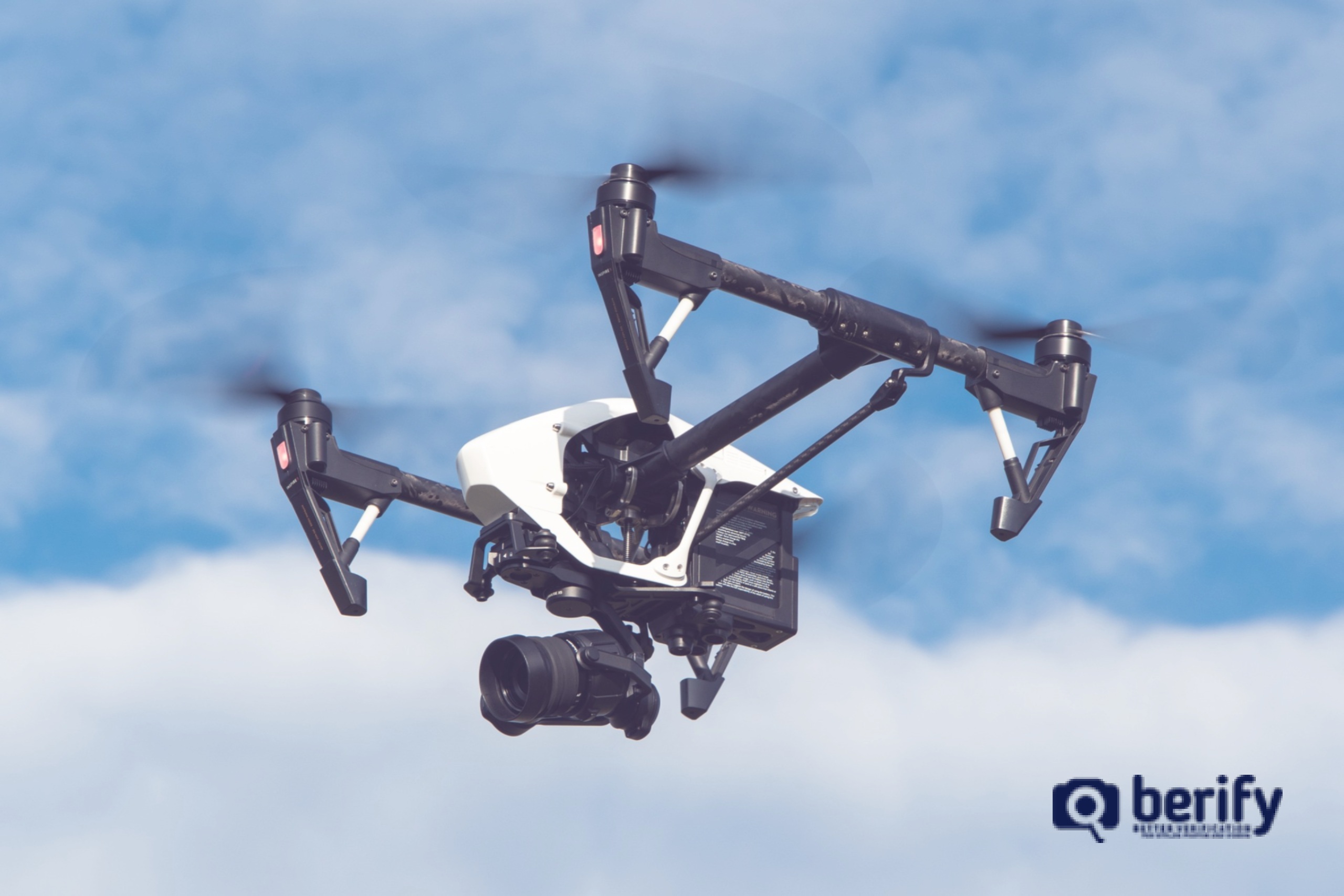

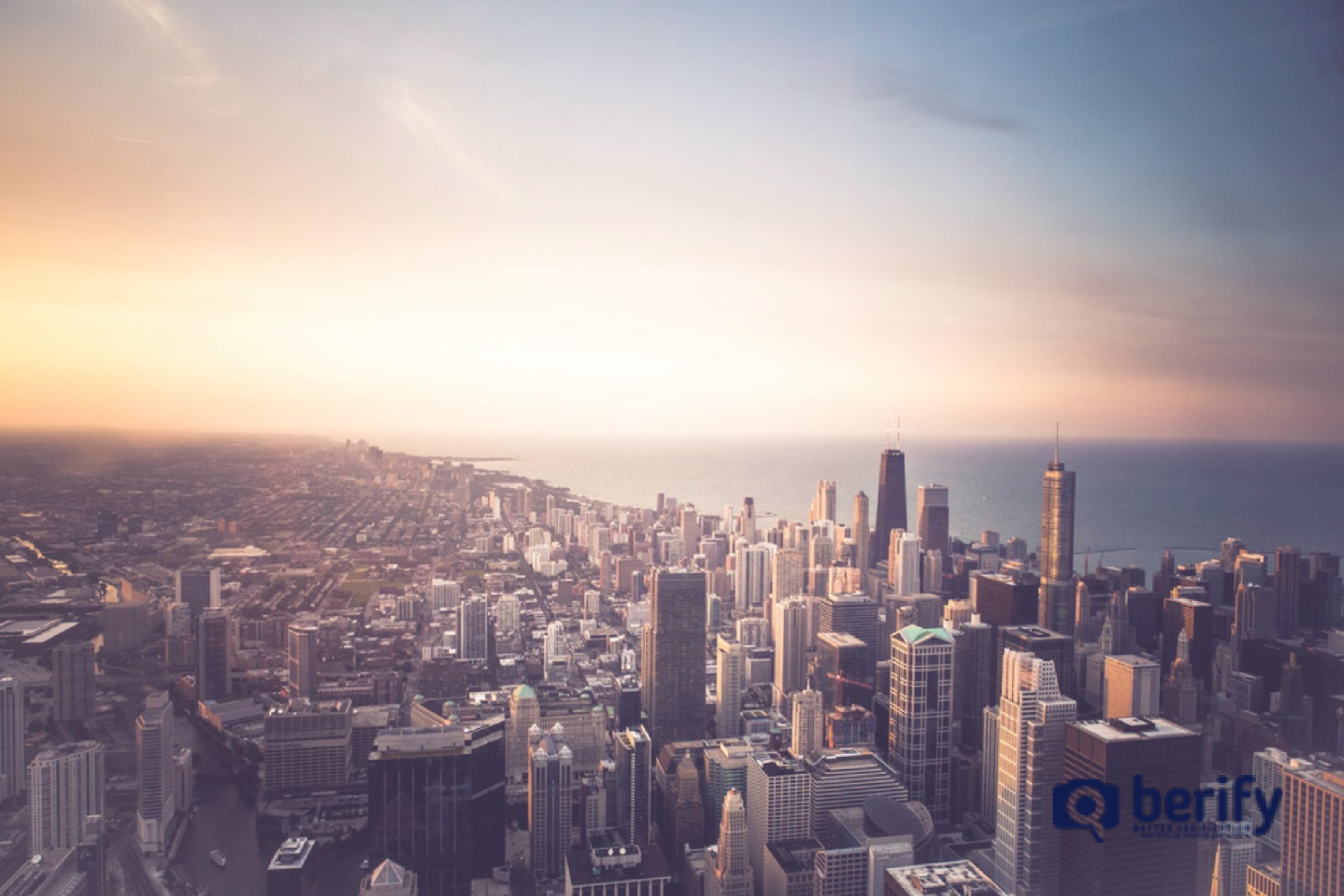
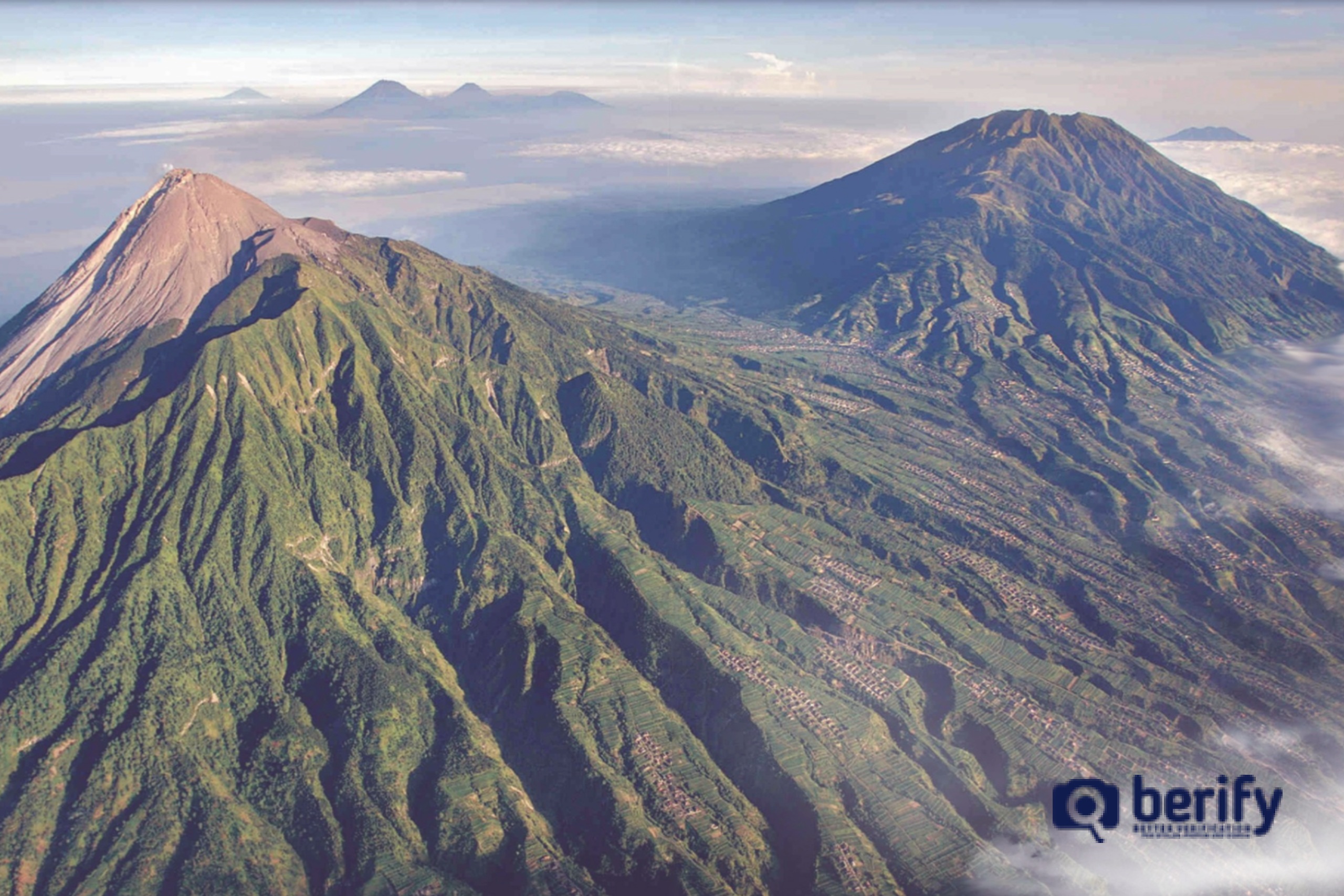
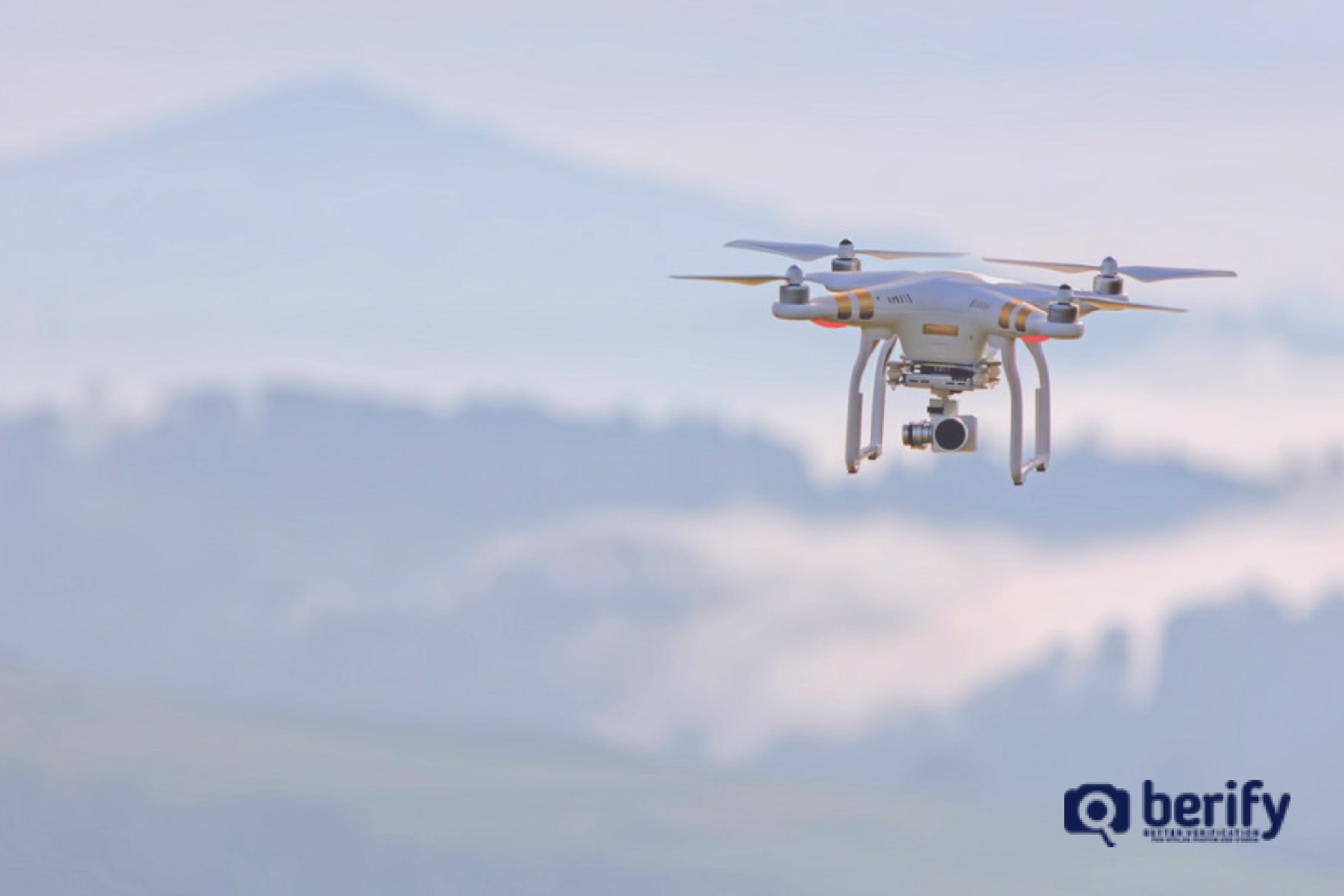
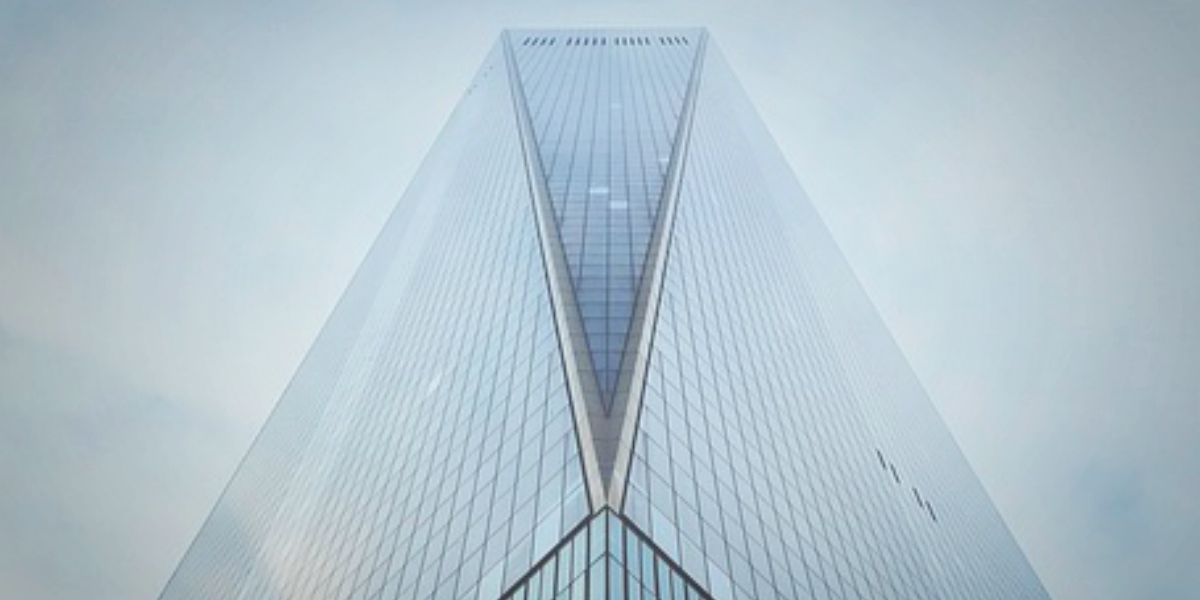
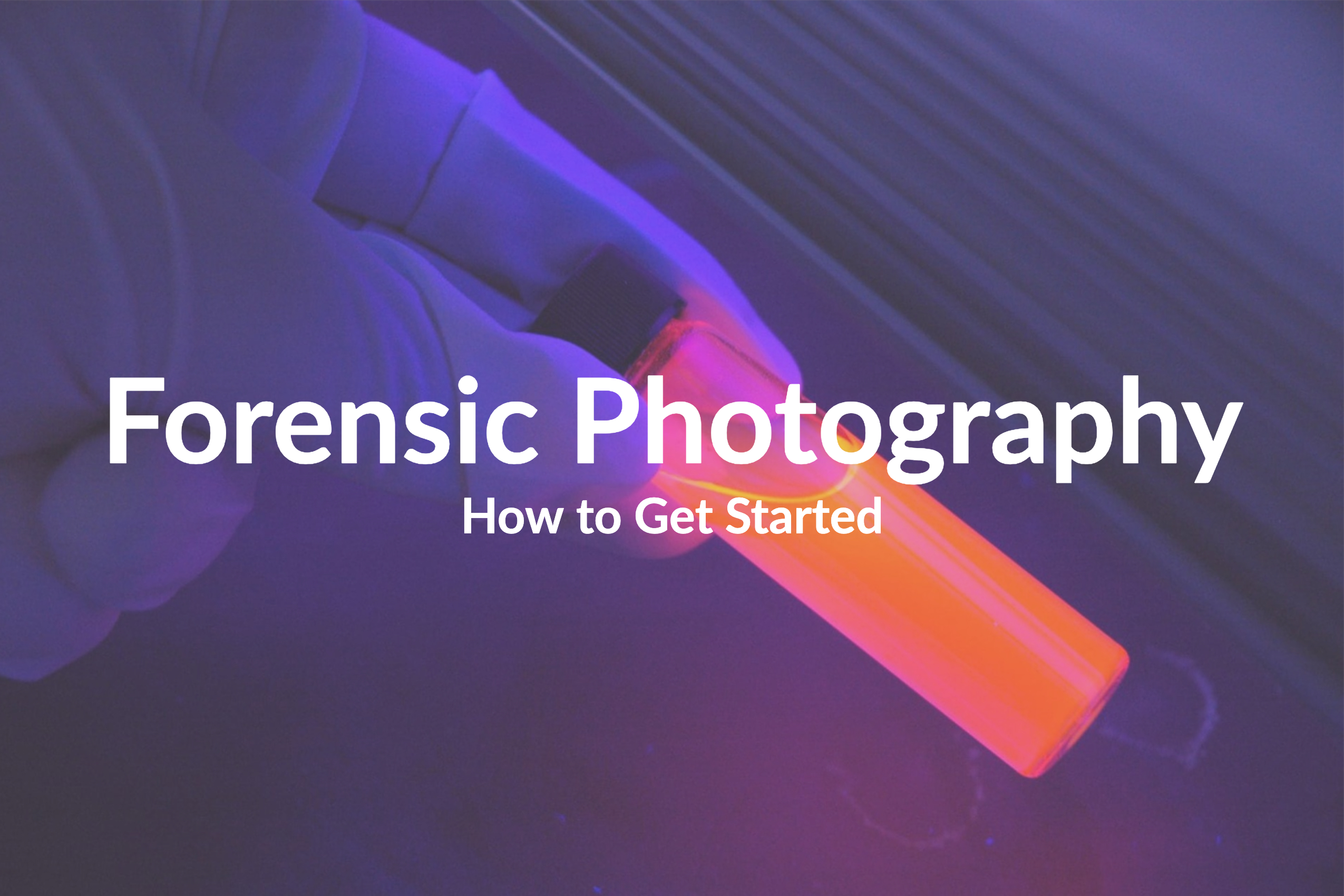
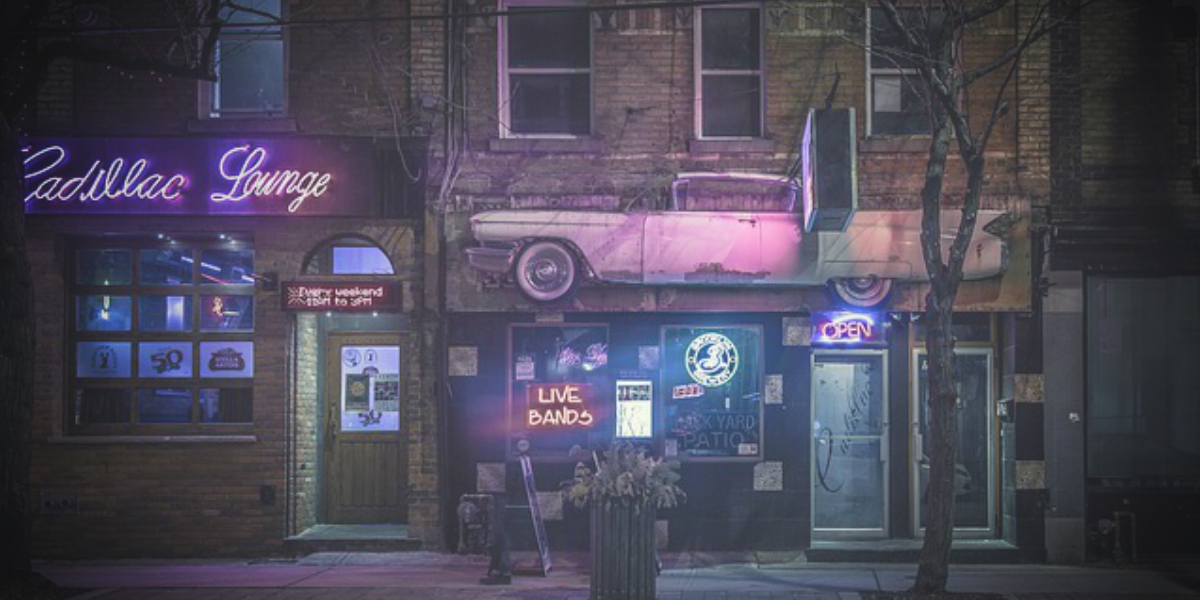
![The Best Photography YouTube Channels [2018]](https://berify.com/blog/wp-content/uploads/2018/02/My-Post.jpg)